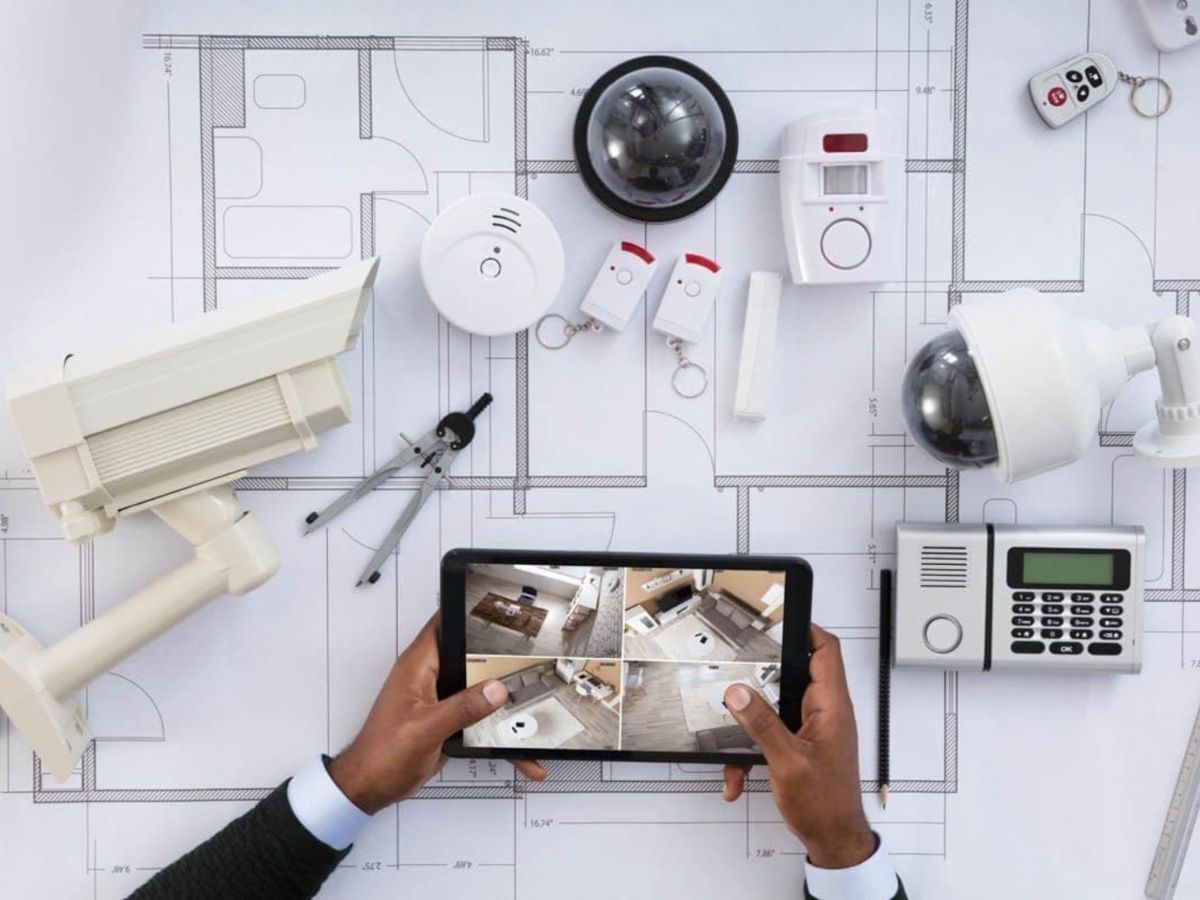Modern surveillance technology significantly improves public safety by introducing new and practical tools. One example is temporary CCTV towers, which are quick to set up and perfect for watching over events or areas that need extra security. These towers help control crowds, manage traffic, and prevent crime, making them an intelligent choice for places where permanent cameras can’t reach.
What Is Surveillance Technology?
Surveillance involves monitoring people, places, or activities to collect information. It uses cameras, sensors, and other tools to watch over public and private areas. This method is critical to maintaining safety and order. It helps everyone, from business owners to police, keep areas secure.
How Is It Being Used?
Surveillance cameras are placed in streets, schools, and shopping centres to deter and detect crime. They help manage traffic by observing and controlling the flow of cars. In emergencies, these tools provide crucial information to the first respondent. Overall, surveillance plays a vital role in keeping communities safe.
CCTV Cameras:
Closed-circuit television (CCTV) cameras are installed in various settings, such as streets, buildings, and homes, to monitor activities and record footage for security purposes. They serve as a visual deterrent to crime and are crucial in gathering evidence.
Drones:
Drones have cameras and can fly over large areas to capture video from above. They are used for surveillance in significant events, search and rescue operations, and monitoring hard-to-reach places.
Body-worn Cameras:
These are small cameras worn on the bodies of law enforcement officers to record their interactions with the public. This technology is used to promote transparency and accountability in police work.
Facial Recognition Technology:
This technology analyzes the characteristics of a person’s face from a photograph or video. It is used in security systems to identify individuals in public spaces, airports, or crowded events.
License Plate Readers:
These cameras capture and use software to recognize the numbers and letters on vehicle license plates. They are commonly used in traffic management, toll collection, and law enforcement to track vehicles of interest.
Biometric Surveillance
Refers to technologies that measure and analyze human physical and behavioural characteristics for authentication or identification purposes, such as fingerprint scanners and iris recognition systems.
GPS Tracking:
Global positioning system (GPS) tracking uses satellites to determine the precise location of a vehicle or person. This technology is widely used in navigation, vehicle fleet tracking, and personal location services.
Internet Surveillance:
Involves monitoring data being transferred over the internet to detect and prevent crime, ensure security, and gather intelligence. Governments and businesses use it to protect networks and data.
Audio Surveillance:
Audio surveillance devices capture sound and are used in various security and monitoring applications. They can help law enforcement gather information in investigations where visual surveillance is insufficient.
Thermal Imaging Cameras:
These cameras detect heat emitted by objects and individuals, creating a “heat map” visible in low-light or no-light conditions. They are used in security, search and rescue operations, and wildlife monitoring.
What Are the Methods of Surveillance?
1. Visual Surveillance:
This method involves the use of cameras, both video and still, to monitor activities in various environments such as public spaces, workplaces, and homes. Visual surveillance is often continuous and can be monitored in real time or recorded for later review.
2. Audio Surveillance:
Audio devices record or listen to conversations without the participants’ knowledge. This type of surveillance is used in law enforcement and intelligence operations to gather information on suspects or in corporate settings to ensure compliance and security.
3. Electronic surveillance:
This encompasses a wide range of electronic monitoring techniques, including the interception of telephone calls, emails, and other forms of digital communication. Governments and private entities widely use it to collect data for security, legal, and marketing purposes.
4. Physical Surveillance:
Involves the physical observation of a person or group through following or watching. This can be done overtly or covertly and is commonly used by law enforcement for tracking suspects or by private investigators.
5. Cyber surveillance:
Utilizes software programs that track, record, and analyze an individual’s or organization’s online activities. This method is increasingly used to protect cyber security by detecting threats and preventing cyber attacks.
6. Satellite Surveillance:
Employs satellites to monitor activities and conditions on Earth. It is helpful for environmental monitoring, weather tracking, military surveillance, and global communications.
7. Data Mining and Profiling:
This involves the analysis of large datasets to identify patterns, relationships, and trends. This method can predict behaviours and make decisions in law enforcement, credit scoring, and marketing.
Each of these methods offers different capabilities and is chosen based on the specific needs and objectives of the surveillance effort. Visit shayarii.org for more interesting articles.

